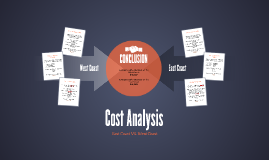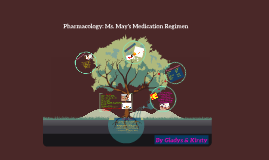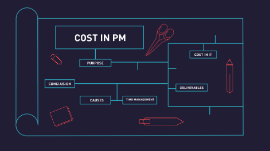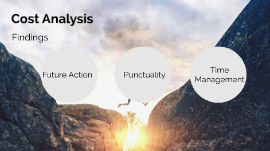Cost Analysis
Transcript: Findings Cost Analysis Is a feature of being able to finish a necessary job or meet an obligation before or at a specified time.[1 ] "Punctual" is frequently used synonymously with "on time." It is also appropriate that punctual can also mean "to be precise" when it comes to speaking about grammar. Definition Punctuality 1. Shows your strong character: It demonstrates your commitment to work by reaching the office on time and depicts your interest in the business. These days, punctuality has become an invaluable asset to a business, and when someone does it right, it enables individuals to be noticed readily. It introduces you as a powerful personality individual, and you will be respected by individuals. Importance Importance 2. Give you chance to know more people in the workplace: It helps you to understand more and more individuals working there, for instance, you might have a opportunity to communicate with your CEO, or you might find some time to understand who is working there for everyone. A fast, bright hello will also create day for yourself and others. continue,,, Continue,, 3. Shows that you respect others: Punctuality demonstrates that you respect your boss and those who report to you. It is essential to demonstrate respect for your seniors and juniors in order to become truly successful in life. This will encourage others to follow your footsteps as well and make an effort to be timely, making you a leader. continue,,, Continue,,, Future Action Time management "is the organization and planning method for splitting your time between particular operations. Good time leadership allows you to function smarter–not harder–so that even when time is tight and pressures are high, you get more done in less time. Failing to manage your time damages your effectiveness and causes stress. Definition Time Management 1.Effective Planning: Plan your day well ahead of time. Prepare a list to be done or a "TASK PLAN." Identify the important activities to be carried out in one day against the time to be allocated to each activity. High-priority work should be on top, followed by those who currently do not need much of your significance. Complete one-by-one pending duties. Do not start new job unless you're done Importance Importance 2. Setting Deadline: Set yourself deadlines and strive hard before the deadlines to finish assignments. Don't wait every time your superiors ask you. Learn to take responsibility for the job. You are one individual who can set the deadlines best. Ask yourself how much time and how many days you need to spend on a specific assignment. Use a planner to label against the set deadlines the significant dates. Continue,,, Continue,,, 3. Prioritizing Tasks: Prioritize duties according to their significance and urgency. Know the distinction between job that is essential and urgent. Identify which duties should be performed within one day, which should all be performed within one month, etc. Most significant tasks should be conducted better. Continue,,, Continue,,,

















